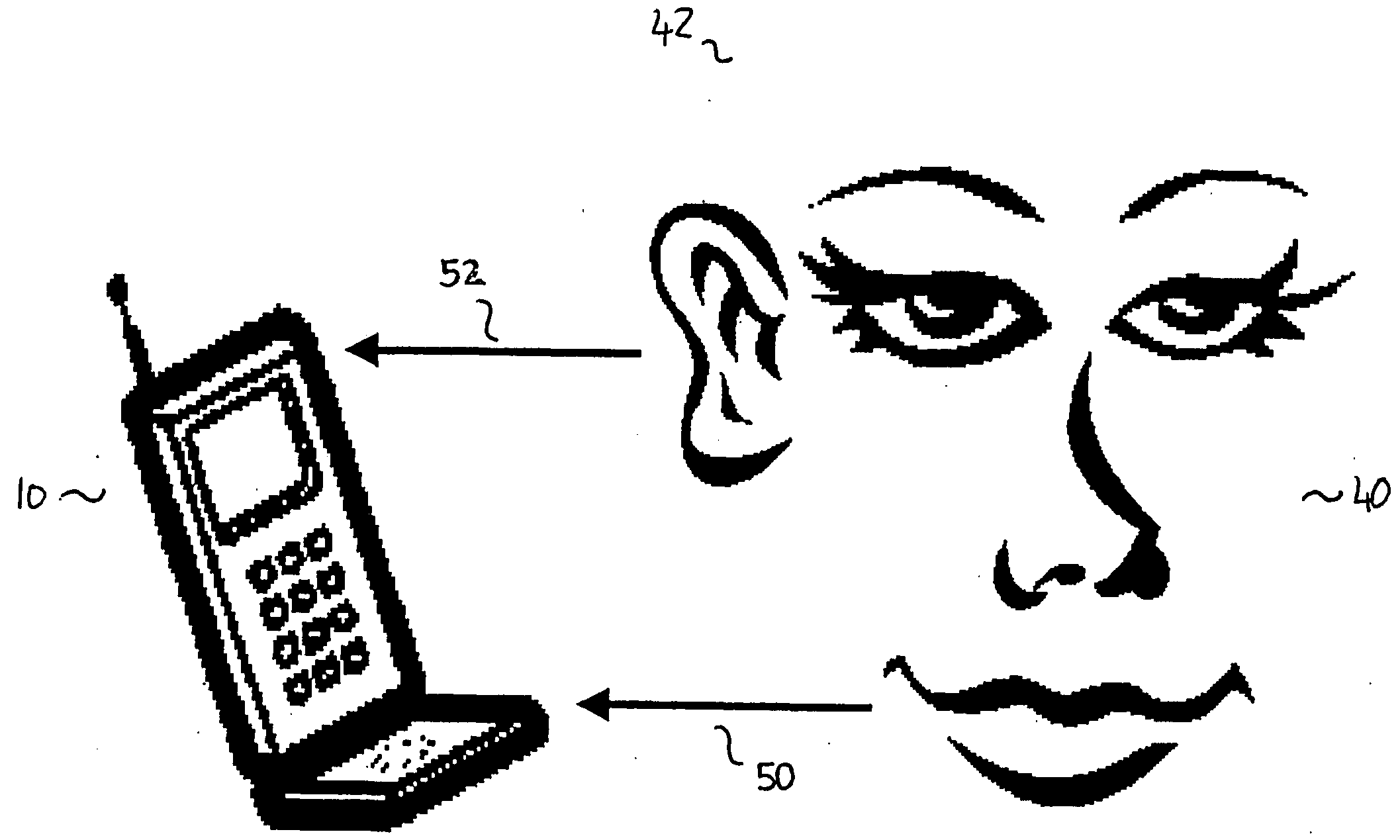Determining identity data for a user
a technology for identity data and users, applied in the field of determining identity data for users, can solve the problems of point of entry authentication techniques, exacerbated problems, and weakened security, and achieve the effects of reducing network traffic, enhancing security, and ensuring the quality of original sound signals
- Summary
- Abstract
- Description
- Claims
- Application Information
AI Technical Summary
Benefits of technology
Problems solved by technology
Method used
Image
Examples
Embodiment Construction
[0040] A known second generation mobile telecommunications network, such as a GSM network, is schematically illustrated in FIG. 6. This is in itself known and will not be described in detail. A mobile switching centre (MSC) 2 is connected via communication links to a number of base station controller (BSCs) 4. The BSCs 4 are dispersed geographically across areas served by the mobile switching centre 2. Each BSC controls one or more base transceiver stations (BTSs) 6 located remote from, and connected by further communication links to, the BSC. Each BTS 6 transmits radio signals to, and receives radio signals from, mobile stations 10 which are in an area served by that BTS. That area is referred to as a "cell". A mobile network is provided with a large number of such cells, which are ideally contiguous to provide continuous coverage over the whole network territory.
[0041] A mobile switching centre 2 is also connected via communications links to other mobile switching centres in the r...
PUM
 Login to View More
Login to View More Abstract
Description
Claims
Application Information
 Login to View More
Login to View More - R&D
- Intellectual Property
- Life Sciences
- Materials
- Tech Scout
- Unparalleled Data Quality
- Higher Quality Content
- 60% Fewer Hallucinations
Browse by: Latest US Patents, China's latest patents, Technical Efficacy Thesaurus, Application Domain, Technology Topic, Popular Technical Reports.
© 2025 PatSnap. All rights reserved.Legal|Privacy policy|Modern Slavery Act Transparency Statement|Sitemap|About US| Contact US: help@patsnap.com



